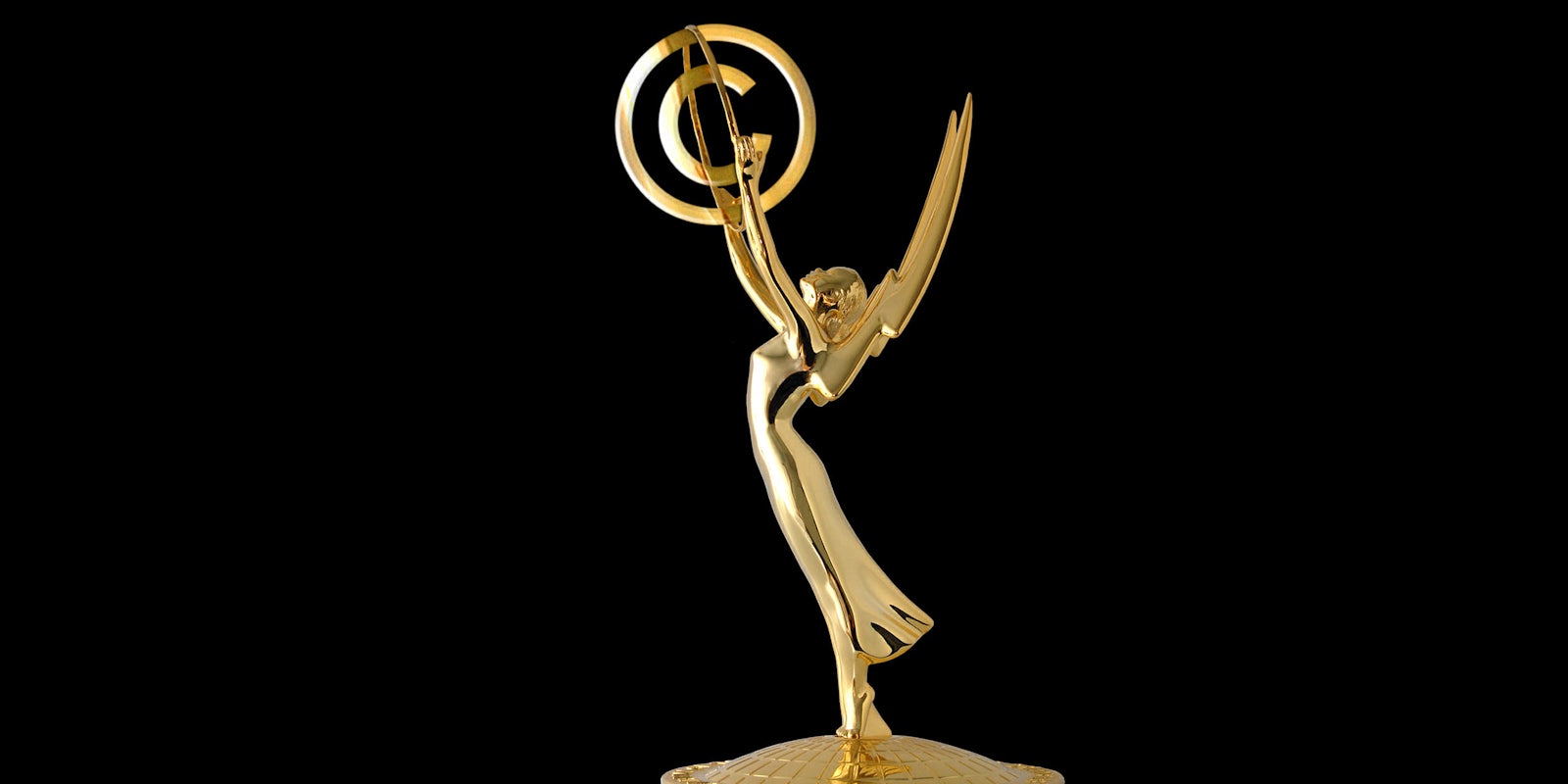The Motion Picture Association of America (MPAA) is used to backlash for its own campaigns against copyright infringement. But when it got heat for a U.S. State Department campaign gone wrong, it was an unpleasant surprise.
The State Department claimed to have groups from the copyright world participating last month when it emailed Pr. Mark Lemley of Stanford Law School to join. The idea was to start a fake Twitter feud over the “#BestIPMoment” in American history, raising awareness about intellectual property in the process.
Lemley was grossed out. He posted the email to Facebook and soon, the media accused the government of plotting propaganda. “I confess that I was surprised people paid as much attention to it as they did,” Lemley tells the Daily Dot.
Among the “characters from the IP community” the State Department claimed to have on board was the MPAA, but the organization quickly distanced itself from the campaign. “While we did participate in a preliminary discussion of how to highlight the economic benefits of copyright, we had not reviewed nor would we have participated in the plans as outlined in the State Department email,” MPAA spokesman Chris Ortman told Ars Technica.
Whether it was actually involved or not, the MPAA has long been running campaigns similar to the State Department’s. Like with #BestIPMoment, it promotes the idea that copyright is a force for good, almost a moral imperative, and it should be celebrated and protected. But unlike the State Department, the stakes for the MPAA are existential. The MPAA’s struggle to stigmatize copyright infringement is the struggle to convince people to turn down free, unlimited access to film—and save a $2 trillion industry from drowning.
War on DVDs
The battle for copyright is also a battle against technology. For the first hundred years of film, copyright law only mattered to people in the industry. The technology did not allow people to easily share, copy, or make derivative works. The VCR changed all that, much to Hollywood’s chagrin. As former longtime president of the MPAA and copyright attack dog Jack Valenti famously said, “The VCR is to the American film producer and the American public as the Boston strangler is to the woman home alone.”
By the early 2000s, homegrown film libraries were firmly entrenched and the VHS was largely replaced by the sleeker, more troublesome DVD. Unlike its progenitor, the DVD was easy to transport and did not degrade with subsequent copies. It was an ideal instrument for copyright infringement—DVDs could be copied, shared, and resold at bootleg stands.
Bootleggers were the ideal target for a pro-copyright MPAA public relations campaign because they were easy to frame as stereotypical criminals, complete with ties to organized crime on the wrong part of town. The MPAA let everyone know who the bad guys were, and that an adorable canine duo was on their case.
In 2006, the MPAA hired two DVD-sniffing dogs, Lucky and Flo, as flag-bearers in the fight against copyright infringement. The canine employees were brought to airports around the world on 35 DVD-smuggling raids and tracked down 1.9 million illegal DVDs. After their successes, the MPAA took the dogs on a four-country, “K-9 Pirate Smackdown World Tour” (featuring commemorative T-shirts) to showcase the heroes and spread the good word of copyright.
The dogs were so successful that two different organized crime syndicates put a hit on them. When it tried to train a third dog, Manny, he suspiciously died at the age of 1. The MPAA asked that movie studios fly their flags at half staff.
Bootleg DVDs were particularly rampant in New York City, so the MPAA worked with the city government on a campaign called “Get the Real Picture.” Alongside legislative pushes and increased law enforcement, “Get the Real Picture” filled the subway platforms with hokey slogans like “Rated RO for Ripped Off” and “Rated SP for Stupid Purchase.” Movie ratings were a staple gag in the MPAA public relations playbook.
DVD bootlegging was easy to spot, geographically clustered, and morally wrong, making it straightforward to campaign against. But a more important and far more difficult battle was happening online.
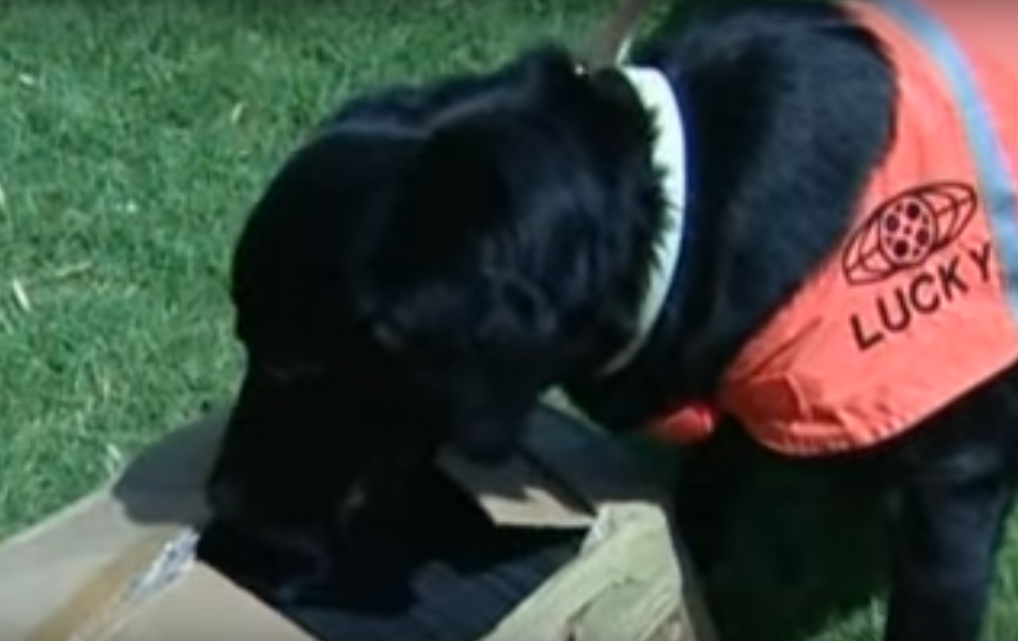
Villains on the web
The internet is a copyright nightmare, with blurred legal parameters. In 2004 Napster had already been shut down by the MPAA’s musical brother in arms, the Recording Industry Association of America, but the piracy whack-a-mole was just beginning. BitTorrent trackers and peer-to-peer copycats like LimeWire had learned some legal gymnastics from the downfall of their predecessor. Increased adoption of broadband also meant video downloads took hours instead of days.
The MPAA’s initial approach to internet piracy was the same as toward DVD bootleggers: make them out to be criminals. The first and most famous example of this approach was the much maligned “Piracy. It’s a crime” campaign, which came as a one-minute, unskippable PSA on DVDs. Better known as “You wouldn’t steal a car,” it featured shady characters stealing an auto, a handbag, a television, and at last, downloading a movie. The clip ended with the words “Downloading pirated films is stealing. Stealing is against the law.” on-screen, while a dystopian guitar riff plays. (Ironically, the soundtrack was used without the composer’s permission. He ended up winning a copyright lawsuit.)
The criminal angle was also used to inspire fear in pirates. In addition to leveraging astronomical fines for piracy, the MPAA would write victory messages on the websites it shut down. After shutting down LokiTorrent, the MPAA changed its homepage to say “You can click but you can’t hide.” In a joke that would be recycled for years to come, the page was rated “I for Illegal Downloading: Inappropriate for all ages.”
The approach that worked so well for DVDs was met with derision and scorn online. “You wouldn’t steal a car” became a punchline. “You can click but you can’t hide” became a challenge, and many of the site’s users could and did hide. The MPAA’s condemnation could not overcome the convenience of piracy and the mores of hackers. So the MPAA, not for the last time, changed tactics. It switched from appealing to a sense of law and order, to a sense of right and wrong.
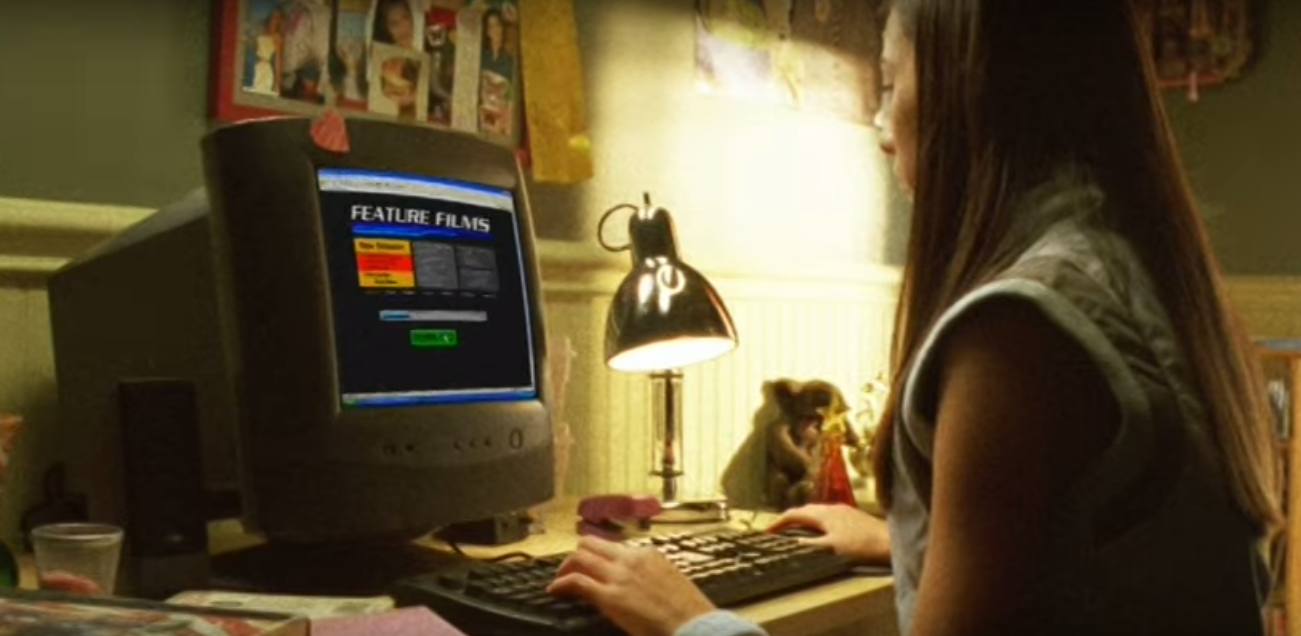
Heroes of copyright
The MPAA’s initial campaign failed to convince people that copyright infringement made them criminals, even if they were in a legal sense (especially after the Digital Millennium Copyright Act, a bill heavily influenced by the MPAA.) The organization soon switched from the stick to the carrot, suggesting that copyright is for mensches. And who better to make a moralistic appeal to than an impressionable group of boys who promise to stay “physically strong, mentally awake, and morally straight?”
In 2006, the MPAA partnered with the Los Angeles Boy Scouts to create the “Respect Copyrights” badge. The 52,000 Boy Scouts in the Greater Los Angeles area had the chance to earn this coveted activity patch—which bore a copyright symbol in the middle, a CD on the left, and a movie reel on the right—by proving their fealty to the movie industry. Scouts could write a skit on the importance of copyright protection, watch the credits of a movie until the end, and discuss who would be hurt if the film were stolen. They could also participate in “Living in a Fishbowl.” Kenyon College professor Lewis Hyde describes this last activity in his book Common as Air:
The teacher gives the students cards assigning each of them to one of six roles, five of which pertain directly to conventional motion picture production: actor, set carpenter, singer, director, and producer. The sixth role is a “computer user.” The movie people all have jobs and a clear story to tell… The computer user, on the other hand—pictured with the top of his head missing and stars shooting out of it—offers an incoherent ramble that mixes rhetorical questions (“How could it possibly be illegal…?”) with dismissive remarks (“It’s really no big deal!”) He seems to have no job… Then one by one each student must sit in a circle of chairs—the “fishbowl”—and try to answer in character questions posed by the teacher.
The MPAA and analogous groups also created a host of copyright heroes. Lucky and Flo became comic book characters in the children’s magazine Weekly Reader. Canada had Captain Copyright, a caped crusader dedicated to defending copyright holders. Jackie Chan and Gov. Arnold Schwarzenegger were action heroes on a mission to stop piracy in a joint effort between the Hong Kong and California governments. The Business Copyright Alliance had Garret the Ferret: Copyright Crusader, a comic book character who taught children not to pirate software.
Here the MPAA treated copyright like a typical crime when really, it’s more complex and abstract. It is less moral imperative and more economic incentivizer. But in keeping with a straightforward and clear message that skirted nuance, it targeted a younger generation.
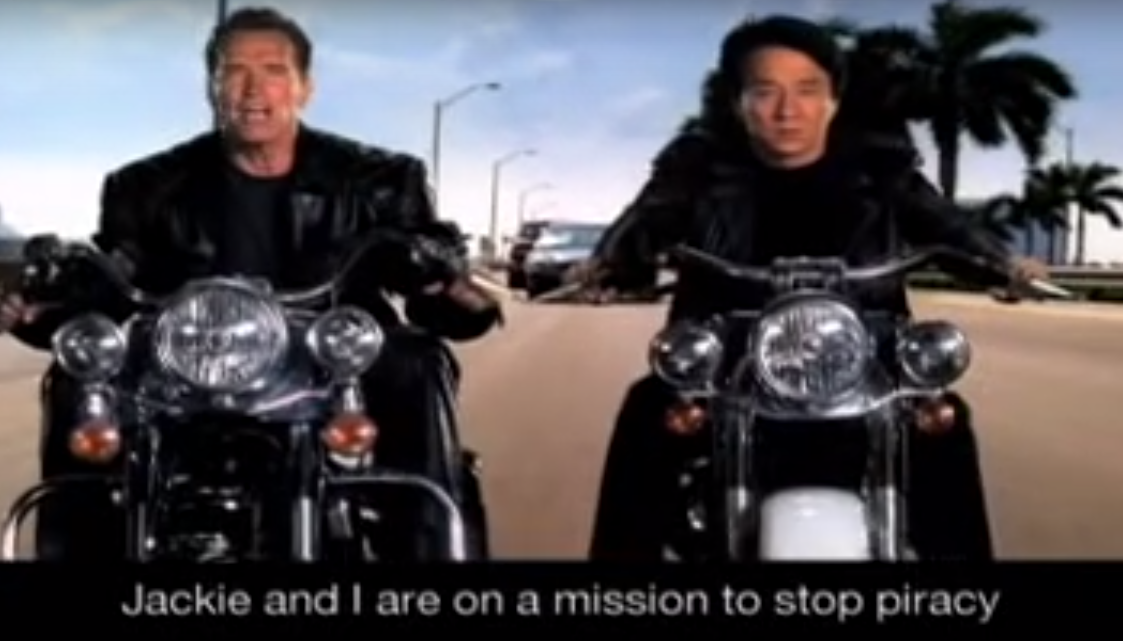
Teach your children well
Once again the MPAA changed tactics, this time focusing on innocent victims of copyright infringement. It brought its new approach to the public school system, where it could give children as young as 5 years old their first exposure to copyright. Through the Center for Copyright Infringement and in conjunction with iKeepSafe and the California School Library Association, the MPAA helped develop a K-12 copyright curriculum called “Be a Creator.”
In it, elementary school children learn not to infringe on the intellectual property of their classmates. Third-graders watch a cartoon of a hapless boy, unable to make a buck selling his dragon cartoons after a classmate snaps a picture and shares the drawing with the whole schoolyard. Middle and high school students learn about movie and music infringement as well as the basic tenets of fair use. “My dad’s a songwriter,” a girl says when asked to share a music file in a video for sixth-graders. “He works hard. Late into the night I hear him at the piano. But it’s hard for him to make a living when people don’t buy songs.”
After Wired released a near-final draft of the curriculum in 2013, media coverage was incredulous. Michael Stoltz of the Electronic Frontier Foundation told Wired, “It suggests, falsely, that ideas are property and that building on others’ ideas always requires permission. The overriding message of this curriculum is that students’ time should be consumed not in creating but in worrying about their impact on corporate profits.”
However, David Sohn, who advised iKeepSafe on this project, thinks that children need to understand copyright law to navigate the current media landscape. “Kids are doing a lot of things online with content and these are sort of skills that will be relevant for all their lives,” Sohn says. “A lot of what happens is based on what the technology enables. People don’t necessarily have the grounding in the basic copyright framework to stop and think about the right way to do these things, what’s an ethical way to behave when using this technology.” Technology makes everyone a creator, he argues, so children need to understand the protections copyright affords them as well.
Today, the curriculum has a new name, “Copyright & Creativity for Ethical Digital Citizens,” and is under a new organization, the Internet Education Foundation (IEF.) The IEF has already tested the curriculum in some California schools and is looking to roll it out to a wider audience soon.
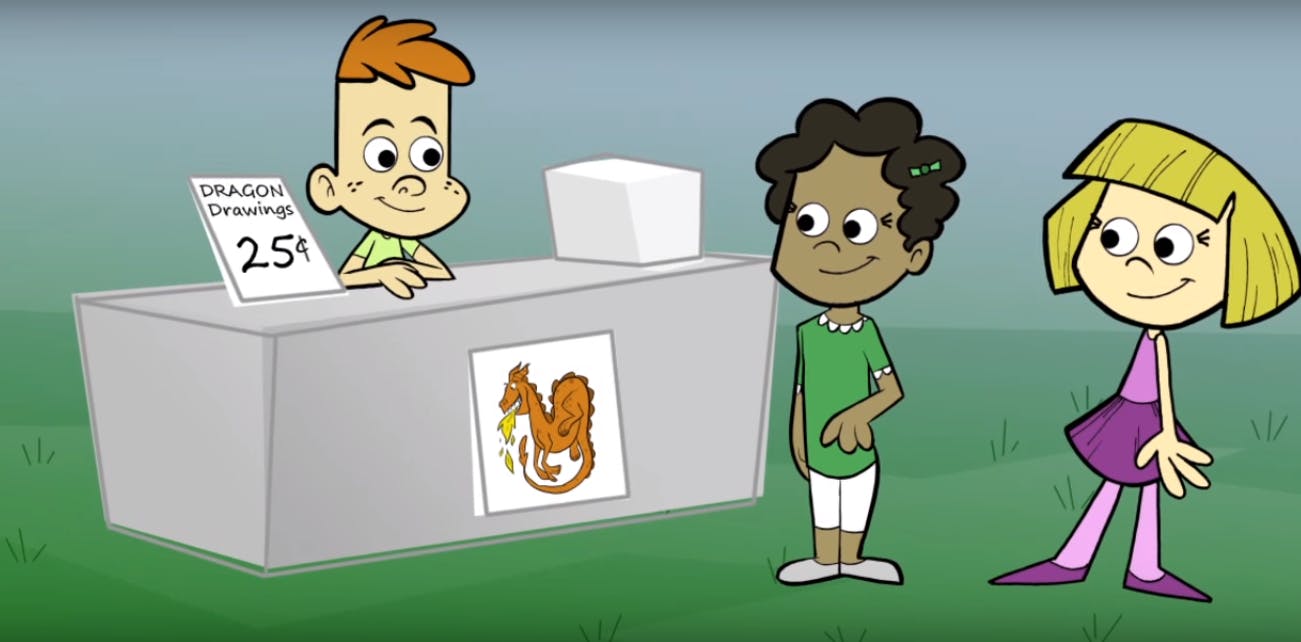
End of an era?
It’s hard to measure the success of the MPAA’s campaigns. Despite ridicule from the press, the MPAA has tried for over a decade to convince people that internet piracy and copyright infringement are not just illegal—they are wrong. To some extent, it still does today. The “Where to Watch” campaign tells stories of people who work behind the scenes in movies. Viewers can empathize with these victims of copyright infringement through testimonial videos and a blog.
But the State Department debacle begs a key question: Is this the end of the reel for the MPAA’s moralistic copyright crusade? Perhaps with so many options for legal streaming, buying, and renting, it considers the problem solved. Or perhaps it is laying low to gear up for a fight against the new face of copyright infringement, streaming: 2015 saw a 19-percent dip in visits to torrenting sites while illegal streaming and password sharing spiked.
The MPAA’s Corporate Communications office did not comment on its future strategies, though it did highlight recent efforts like Where to Watch and the “I Make Movies” spot as “the most recent MPAA public efforts to promote access to legal content.” It also stood firm on the notion that it played no role in helping the State Department plant a fake story on Twitter.
But for the MPAA’s PR arm, it’s an uphill climb. Copyright infringement might just be too technologically convenient, legally confusing, and economically expedient to make uncool.
